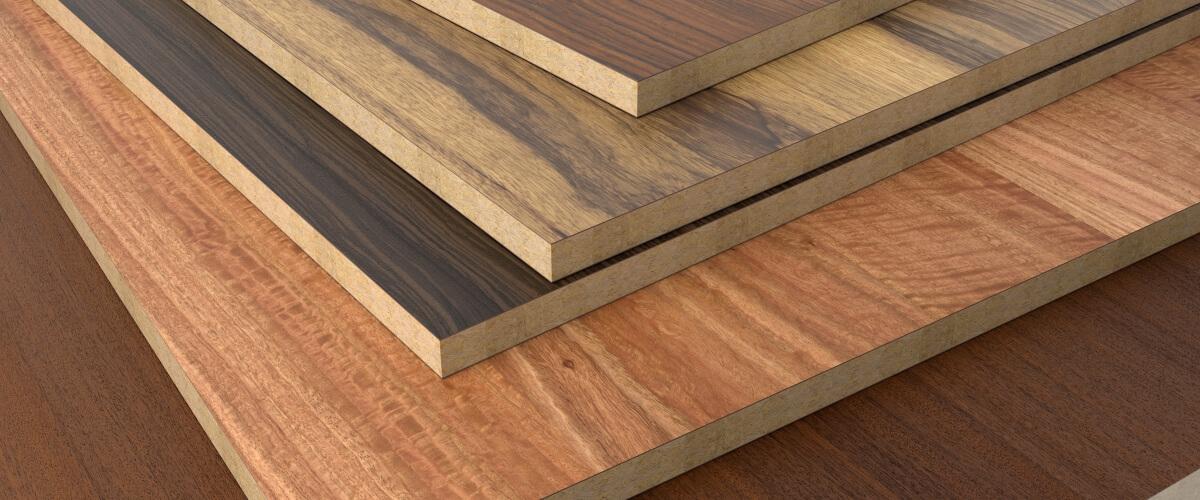
Timber veneer is regarded as a natural resource that happens to be sustainable as well. Such veneers can cover as much as 40 times the coverage that 25 mm timber can provide to you. It is also the most environmentally friendly and economical way of using wood.
The History of Timber Veneer:
Furniture joiners and makers have been using timber veneers for at least 4000 years now. The earliest examples of such usage were unearthed in Egypt. Over there, the wood was scarce. It was valued especially for its aesthetic features.
The Egyptian Age:
Egypt is a country that is a barren desert except for the River Nile, which happens to be its lifeline. Here timber was a rare resource, and this is the reason why it was so highly valued, to begin with. They were just as valuable to the Egyptians as the precious stones that they used for decoration. This is especially true of their furniture.
This is the reason why timber veneer in Sydney was used in places where you did not have lush forests. The same is also applicable for places where timber was a rare resource and was thus highly in demand.
In the case of such timber veneer in Sydney, the logs were sawn into boards that were on the thinner side. As per evidence received in this regard, it can also be said that Egyptians imported exotic timber from Lebanon, Syria, and Phoenicia, to name a few. These were divided into slim sections and then glued onto material that was more of a sturdy nature.
The gorgeous shrines of Tutankhamen show rather clearly that at that time the woodworking techniques were rather basic. However, people at that time did know how to bring out the inner beauty of the wood.
Artefacts are taken out from burial tombs also reveal that the Egyptians used a lot of veneer panelling and marquetry techniques, which were more on the exotic side. However, there is further proof to suggest that veneering was rather common in the classical age as well.
Industrial Revolution:
At the start of the 19th century, people came up with new processing methods for timber veneer in Sydney. The process of sawing was replaced by slicing with knives. Rather than using saw blades people started to use machines to peel off the logs. With time, these new techniques came to be appreciated.
Conclusion:
It was during the Baroque and Renaissance periods that people showed grand levels of mastery when it came to making furniture. If we look at the later years in the history of human civilization, we will come to see how a simple need became a cultural legacy of sorts.
Eventually, it developed into a major form of expression for various successive ages. In modern times the art of furniture making has been refined and this has made it well-nigh perfect. It must also be said that there has been a fair degree of demand in this regard.
Comments
Post a Comment